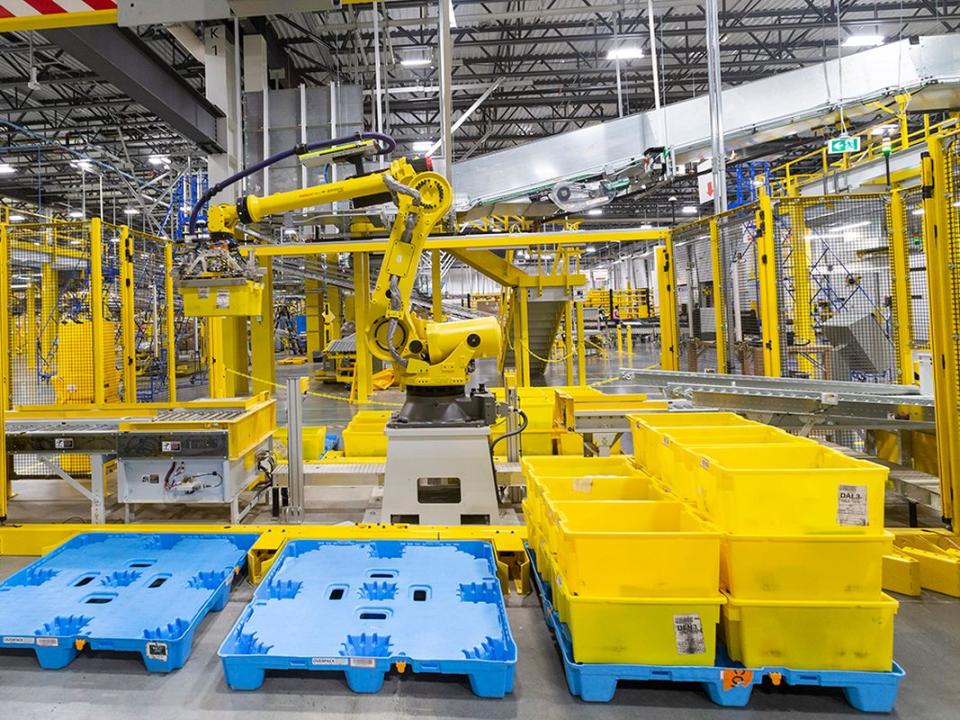Industrial real estate remains tight despite record-breaking increase in new space

Even though a record-breaking 16.3 million square feet of new industrial space was added to the Canadian market in the final quarter of 2023, demand continues to outpace supply, according to a new report.
The national availability rate rose to 4.3 per cent, up 0.7 percentage points, with gains across all major markets, according to a new report by Altus Group Ltd. The record-breaking increase in new industrial space, 62 per cent of which is available, surpassed the average fourth-quarter completions of less than 10 million square feet, yet supply isn’t catching up with demand, the company said.
“Furthermore, tenants continued to be proactive in securing suitable spaces ahead of their lease expiration, and in response, landlords are pre-emptively listing their spaces ahead of their vacancy,” it said in its report.
Ray Wong, a vice-president at Altus, said the increase in project completions represents only a minor fraction of what is needed in the industry.
“Even though the overall availability rates have increased from the third quarter to the fourth quarter, from 3.6 to 4.3 per cent on a national basis, we have a very tight availability rate for industrial,” Wong said. “The challenge for tenants is when their needs change and they’re looking at a renewal, they have limited availability and choice in the marketplace.”
He added that landlords immediately start to market the space when some of those tenants indicate they have secured other locations.
“They definitely want to make sure that there’s no gap in the rent payments that they want,” Wong said.

Despite a slight increase in availability rates, lease rates continued to rise compared to the fourth quarter of 2022. Montreal had the largest average year-over-year increase at 16 per cent, followed by Toronto at 4.8 per cent, and Calgary and southwest Ontario tied at 3.7 per cent. Halifax was the sole region to decline, falling by 5.6 per cent. On a national basis, the average rental rate increased by 7.7 per cent.
Of the 79 buildings completed, totalling 16.3 million square feet, Altus said 38.3 per cent were pre-leased. The bulk of this new supply was in Toronto (8.7 million square feet), Calgary (2.9 million) and southwestern Ontario (2.5 million).
E-commerce needs account for most of the warehouse demand in the market, Wong said.
“The Amazons of the world, the Walmarts, need very large distribution warehouses, from half a million to close to a million square feet of space,” he said. “Warehouse distribution sites have been the most in demand.”
Wong added that despite the challenges of higher interest rates and inflation, demand in Canada’s industrial sector remains strong.
Calgary to see payoff this year from incentives to convert aging offices into new homes
Colliers Canada CEO sees 'wonderful' opportunities in commercial real estate this year
WeWork bankruptcy won't spell the end of co-working trend in Canada, industry watchers say
“Your rental rates are increasing as well as your sale prices,” he said. “And again, even though the availability rate has moved up a little bit, there’s still a lot of demand, by both investors and as well as users to purchase and lease.”
em>• Email: shcampbell@postmedia.com

 Yahoo Finance
Yahoo Finance 